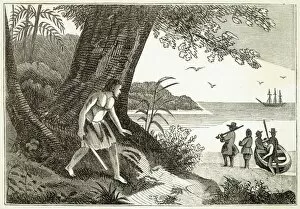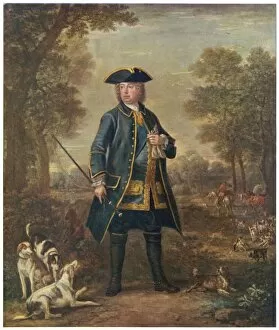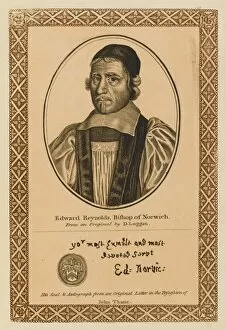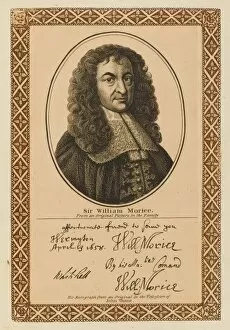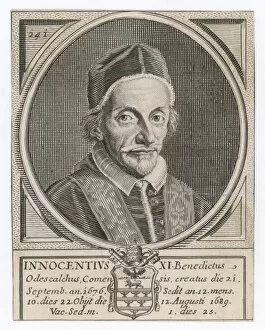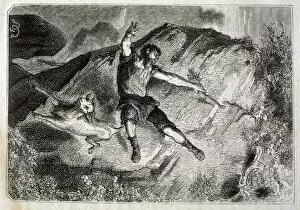1676 Collection (#9)
"1676: A Year of Rebellion, Elegance, and Scientific Discoveries" In the world of art
For sale as Licensed Images
Choose your image, Select your licence and Download the media
"1676: A Year of Rebellion, Elegance, and Scientific Discoveries" In the world of art, the Dolls House of Petronella Dunois stands as a testament to the intricate craftsmanship and attention to detail prevalent in 17th-century Europe. Created around 1676, this miniature marvel transports us back in time, offering a glimpse into the opulent lives of aristocrats. Meanwhile, across the Atlantic Ocean in Jamestown, Virginia, another kind of rebellion was brewing. Bacons Rebellion erupted in 1676 as Nathaniel Bacon led an uprising against colonial authorities. This pivotal event marked a turning point in American history and highlighted tensions between settlers and their rulers. Across England's countryside stood Stowe House - an architectural masterpiece from the 18th century. Its grandeur reflected both social status and wealth during this era when lavish estates were symbols of power. Science also made significant strides during this period. An illustration depicting Hooke's Law on elasticity showcased groundbreaking discoveries about how materials stretch under pressure. This scientific breakthrough paved the way for advancements that would shape our modern understanding of physics. Amidst political turmoil in Britain emerged influential figures like Sir Robert Walpole - often referred to as "Mini. " As one of Britain's first Prime Ministers, Walpole left an indelible mark on British politics with his pragmatic approach to governance. The year 1676 witnessed not only political upheaval but also notable personalities such as George Lord Digby and Anne Countess Pembroke making their mark on society through their intellectual pursuits or influential connections. Beyond European borders lay Russia under Tsar Alexis I's rule from 1645 until his death in 1676. His reign saw important developments within Russia's expanding empire that shaped its future trajectory. Lastly, Charles II earned himself the moniker "the Bewitched" while ruling over Spain during this period (1661-1700). His reign was marked by political intrigue, international conflicts, and a fascination with the occult.


